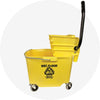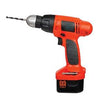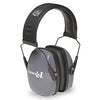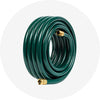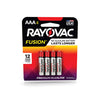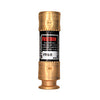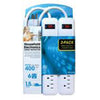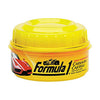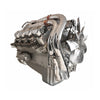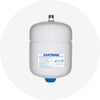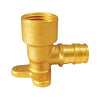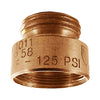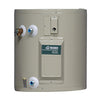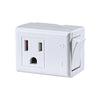Top Plants for Bird Feeding
∙ min read
Bird feeding can be a fun and rewarding pastime. Different native plants can help attract local birds, or you can add a food source with bird nectar or bird seed to attract hungry birds. So whether you have an official bird feeding station or you're planning to turn your entire yard into a bird's paradise, here are some top plants for bird feeding.

Sunflowers
Humans and birds alike love sunflowers. They are beautiful, eye-catching, and produce seeds that are an essential energy source for birds. For this reason, many types of bird food contain sunflower seeds. If you want to plant sunflower seeds, reserve a large enough area in your garden. Mature sunflowers can be pretty large!For best results, plant your sunflower seed in a sunny location. Your flowers should ideally receive at least six hours of sunlight per day. Sunflowers also grow best in sandy, well-drained loam soil. Make sure there are no structures that will impede your flowers' upward growth. Some types of sunflowers can grow taller than 6 feet!
Milkweed
Even though milkweed has the dreaded word "weed" in its name, it is a beautiful plant that produces fragrant flower clusters. These flowers attract birds and butterflies. The American Goldfinch, in particular, uses fiber it steals from the milkweed plant to create nests.
There are different varieties of milkweed available. Some grow well in wet areas, while others grow best in hot, dry areas. If you plan to purchase milkweed seeds, make sure you get a hardy variety for your climate. Milkweed flowers should be planted in full sun locations for better results.

Purple Coneflower
Most people find that purple coneflowers are easy to grow. The lovely violet blooms of the purple coneflower attract butterflies in the summer, while their seeds attract wild birds in the fall. Coneflowers grow best in rich soil. If you have dry soil, mix in some organic potting mix to help your plants thrive.As with other flower types, coneflowers come in different varieties. Some are hardier than others. Make sure you choose a coneflower type known to grow well in your area. When planting coneflowers, choose a place where they won't get blocked out by larger or taller plants. Coneflowers need plenty of sunlight to grow healthy and strong.
In the spring, add a light layer of compost to your coneflowers. Most people cut their coneflowers back in the fall, but that removes the seed heads. If you want to attract birds, leave the seed heads in place through the fall.
Buttonbush
Buttonbush grows best in wet soils, including areas with standing water. However, it can adapt to a variety of soil types. If you have a pond or creek near your home, consider planting a buttonbush to attract local birds. Ducks and waterfowl love the seeds buttonbush provides. It also grows showy flowers that can beautify any landscape; you can consider adding a bird bath or native flowers to enhance your backyard.

Trumpet Honeysuckle
The trumpet honeysuckle vine has trumpet-shaped blooms that grow profusely in the right conditions. This is one of the most popular flowers to attract a hummingbird. Other backyard birds love to eat the fruit grown on trumpet vines.Trumpet honeysuckle vines can grow up to 15 feet long, so make sure you have room before you plant one! If you want to attract a hummingbird without worrying about planting and pruning a vine, you might consider purchasing sweet bird nectar and putting it into a bird feeder. This is a great way to bring hummingbirds right up to your window without caring for a plant.
Cardinal Flower
Cardinal flowers grow bright red petals that stand out in any garden. Hummingbirds love to use their elongated beaks to get to the sweet nectar inside the flowers.
Cardinal flowers are naturally found in wet areas and require moist soil. They grow well along swamps, ponds, and streams. They can grow up to 4 feet tall and 18 inches wide.

Virginia Creeper
The Virginia creeper is another lovely vine for attracting various backyard birds, including different types of woodpeckers. The Virginia creeper is also commonly called woodvine. It looks similar to poison ivy, but it won't hurt your skin. Winter birds rely on Virginia creeper fruit to help sustain them during the cold weather.You can use your lawn and garden tools to plant Virginia creeper in spring or fall. Plant it on a trellis or use it as ground cover for better results.
Elderberry
The elderberry bush prefers slightly acidic soil in full sun to partial shade. This type of plant is a good choice for rugged gardens because it is adaptable and tough. In addition, elderberry bushes grow dark blue fruits that bird species such as the Red-eyed Viero and Brown Thrasher love to eat.

Find the Right Bird Feeding Station
Now that you know what plants and flowers to grow in your garden to attract birds don't forget to purchase a bird feeding station that you can hang by your window. That way, you can see the beautiful creatures up close. Whether you are looking for a bird feeder, a bird bath, or gardening supplies, you will find everything you need here at Max!
Shop Your Bird Feeding Supplies Today


